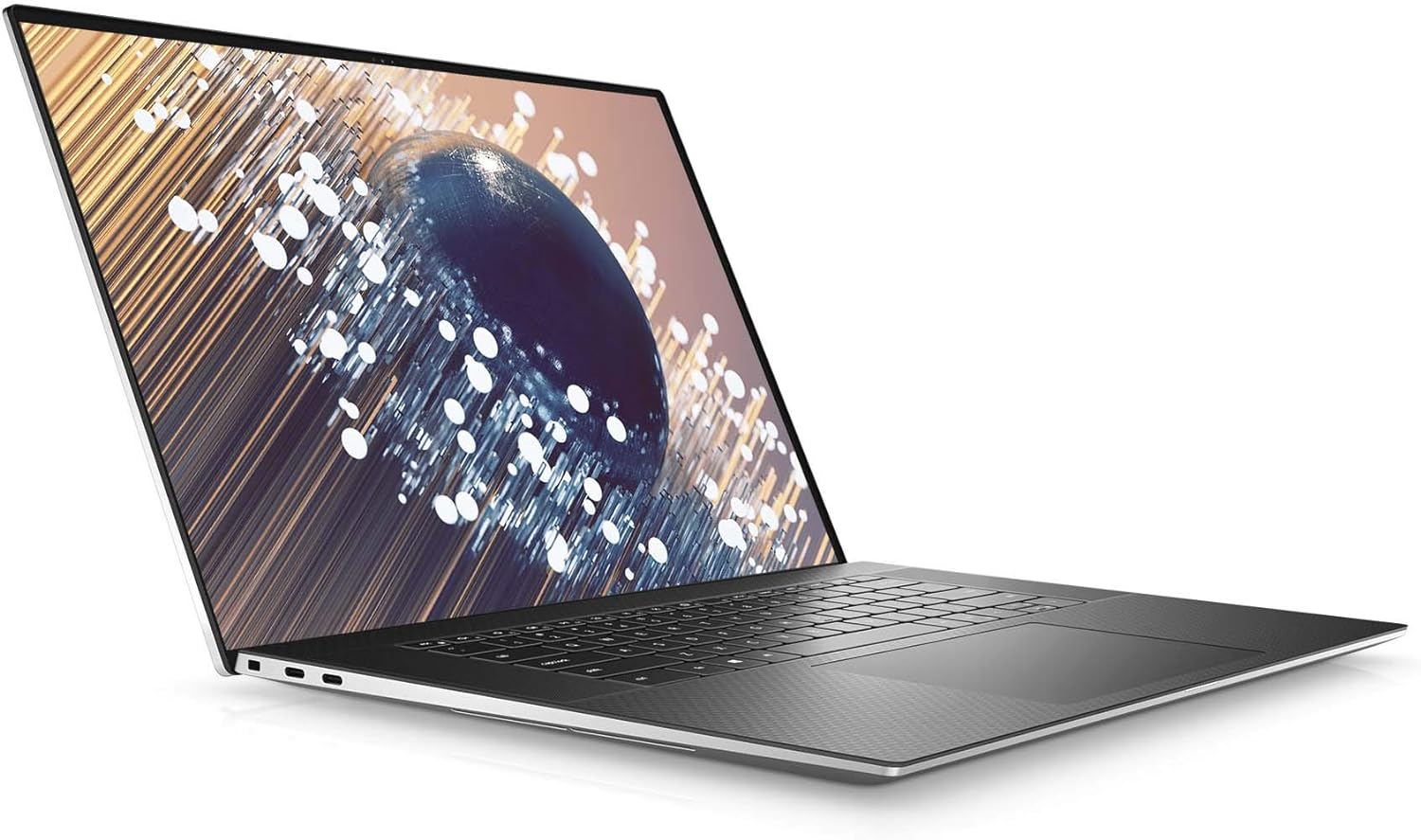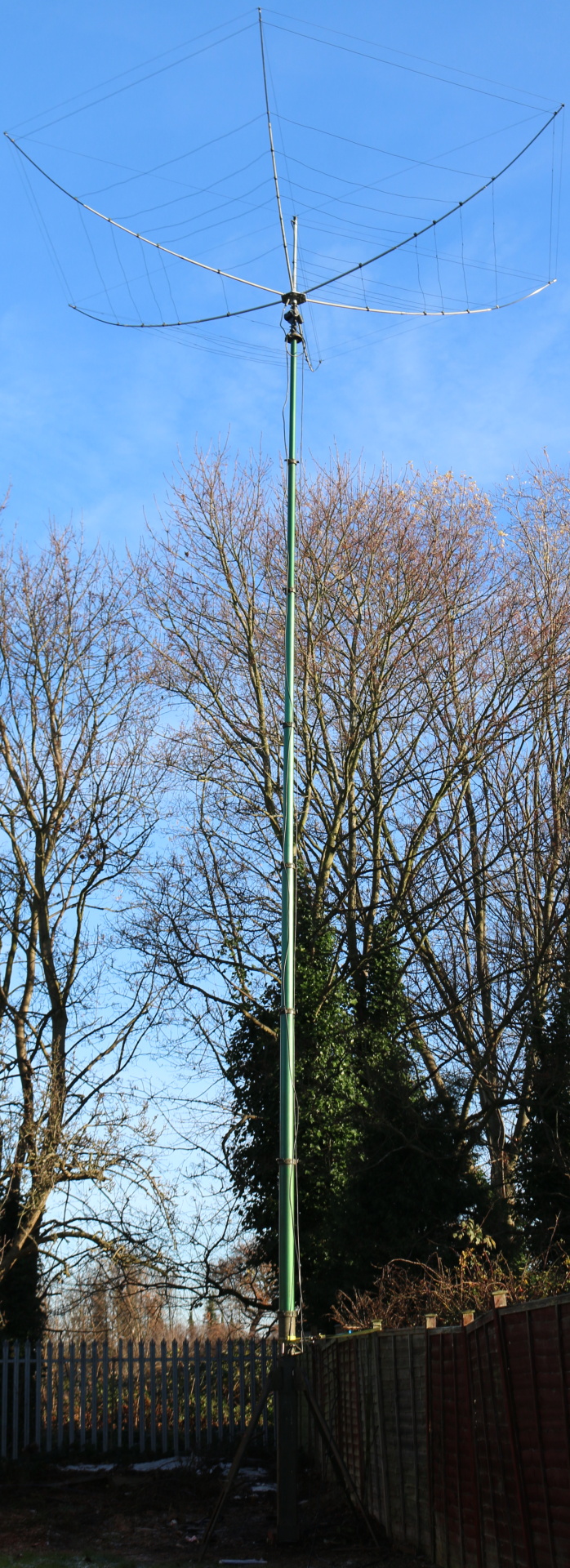- Written by: M0VSE
Allow me to introduce myself, my name is Phil Taylor and in the coming months I plan to create a number of blog postings in an attempt to chronicle my journey through the world of amateur radio.
I received my Foundation callsign, M6ESV in October 2014 and then completed the Intermediate examination, receiving the callsign 2E0DSQ in December 2015. I then passed the Full exam and received the callsign M0VSE on 19th August 2016. I also received the SCC (Special Contest Callsign) G7T in May 2017 and I generally use this when operating HF contests.
I am also an active member of the Leicester Radio Society http://www.g3lrs.org.uk who meet every Monday night.
- Written by: M0VSE
There have been a number of people who state that you MUST NOT operate an Icom IC-9700 with a linear amplifier, as the spurious emissions generated by this combination will contravene various regulations. I have even seen social media posts that suggest as much as 50 KHz wide "hash" can be generated in this situation, particularly on 432 Mhz (70cm)
As the owner of both an Icom IC-9700 and a 432 MHz capable amplifier (Linear Amp UK Gemini 70), and also being in posession of a Marconi 2945 test-set, I thought that I would test this much mentioned "fact" to see how much truth there is to it.
- Written by: M0VSE
In May last year (2023), I purchased a used Dell XPS 17 (9700) laptop. I decided to go with used, as this is a pretty high-end laptop and the cost, while a lot of money at over £1000, was still significantly less than the "new" price of a similar laptop.
Although it was originally released in 2020 (my model was manufactured in February 2021), the XPS 17 specification is still considered by many to be pretty good:
Intel Core(TM) i7-1075H CPU @ 2.6 GHz
32 GB of 2133 MHz DDR4 RAM
1 TB NVMe storage (with second NVMe slot available)
Intel UHD and NVIDIA GeForce GTX 1050 Ti graphics
17" UHD screen
Initially, things went quite well with the machine, I installed a clean version of Windows 11 and added all applicable Dell drivers, then started the task of installing all of my required software and getting the machine "just as I liked it"
After a few weeks, I had experienced a couple of complete lockups of the machine, this was particularly frustrating as (of course) it usually happened at the least convenient time (not that there is a convenient time for your computer to crash). The machine would completely hang, with no mouse/keyboard input possible.
- Written by: M0VSE
For a number of months now, I have been working as part of the core development team for wfview, this software has evolved into very comprehensive software for remote control of many Icom rigs, especially SDR based IC9700, IC705 and IC7610 where it is able to use the LAN/WiFi connection. It is able to provide a remote spectrum display for supported rigs and is constantly evolving.
For more information on wfview, please visit https://www.wfview.org
